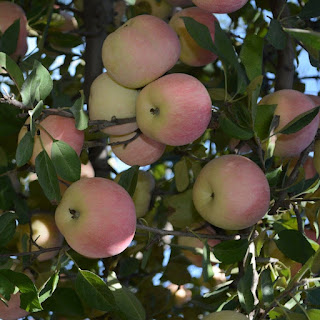Natal plum (Carissa)
Natal plum a Specie of Carissa.
Common name.
- Large num num
- Carissa
- Amatungulu
Botanical name:
Carissa macrocarpa
Scientific classification:
Genus: Carissa - Carissa
Family: Apocynaceae - Dogbane
Order: Gentianales - Gentians, dogbanes, madders, and allies
Class: Magnoliopsida - Dicotyledons, Dicots, Eudicots
Phylum: Tracheophyta - Vascular plants, Seed plants, Ferns, Tracheophytes
Characteristics:
Plant Type: Tree
Lifespan: Perennial
Bloom Time: Spring
Plant Height: 6 to 15 feet
Spread: 3 feet
Flower Size: 1 to 2 inches
Habitat: Sand dunes, edges of coastal forests
Flower Color: White
Leaf Color: Green
Fruit Color: Red, Purple, Green
Stem Color: Green
Fertilization:
"Fertilization once every 2-3 months during the growing season"
Information:
Almost all parts of the natal plum are poisonous, except for the fruit, which is red when ripe and very tasty. It's a hardy plant in the same family as the oleander, and its thorns make it a good choice for barrier hedges.
The white flowers are fragrant and bloom over two seasons.
Natal plum:
Carissa macrocarpa is called Natal Plum because it is native to the Natal area of South Africa heading north to Mozambique.
Interesting Facts:
- Natal plum, a traditional fruit in Africa, is being studied for its potential use to provide economic stability, support the economy and empower women's groups in the region.
- To improve rural development, provide nutrition and discover more sustainable food sources, the fruit of the natal plum is often used to make jam, sauces and desserts.
Difficulty Rating:
Plum is super easy to care for and resistant to almost all pests and diseases.
It's a perfect option for brown-fingered gardeners.
Water requirement:
Natal plum is known for its drought tolerance and does not require a lot of water.
Never water this plant when the soil feels damp. Canned natal plums generally require more water.
When the soil is completely dry, place the pot in a shallow pan of water where it can soak up all the water it needs through the drainage holes
Garden Use:
The most useful quality of the Natal plum for gardeners is its sturdy, prickly, evergreen leaves and branches.
This makes it a great choice for privacy screens or hedges where it looks dense and finely textured.
Its flowers and fruits also provide visual interest.
It is often planted alongside Vinca, Petunia and Bottlebrush.




Comments
Post a Comment